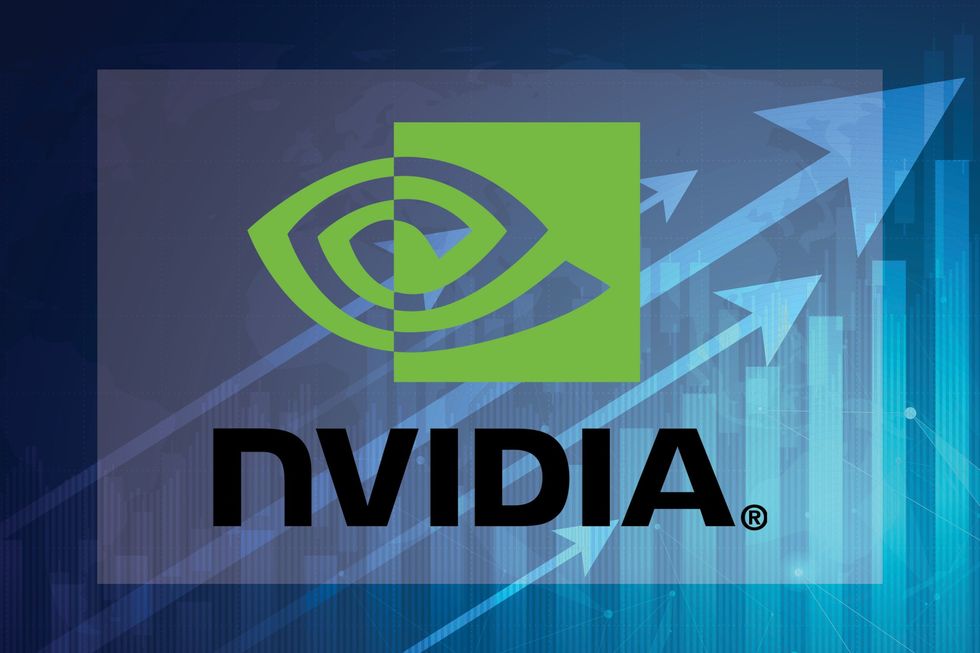NVIDIA Q3 Earnings: What Investors Need to Know

Tech giant Nvidia (NASDAQ:NVDA) surpassed analyst expectations in both revenue and earnings per share in its recently released fiscal Q3 2025 results, driven by sustained demand for artificial intelligence (AI) chips.
For the quarter ending October 27, Nvidia reported adjusted earnings per share of US$0.81, exceeding the consensus estimate of US$0.75, and revenue of US$35.08 billion, above the forecasted US$33.16 billion.
The results reflect a 94 percent year-over-year gain in revenue, though this marks a consecutive slowdown compared to the growth rates of the past three quarters.
Nvidia’s fourth-quarter guidance further bolstered its performance narrative, with the company projecting revenue of US$37.5 billion, plus or minus 2 percent, slightly ahead of analysts’ expectations of US$37.08 billion.
This forecast implies a year-over-year growth rate of approximately 70 percent – still a notable deceleration compared to the prior year’s 265 percent growth in the same period.
The data center segment, which accounts for the majority of Nvidia’s revenue, continued to be a significant driver, generating US$30.8 billion in the quarter and exceeding analyst estimates of US$28.82 billion.
Nvidia’s Chief Financial Officer, Colette Kress, also disclosed that 13,000 samples of Nvidia’s next-generation AI chip, Blackwell, had already been delivered to key customers, including Microsoft (NASDAQ:MSFT), Oracle (NYSE:ORCL) and OpenAI.
“Blackwell is now in the hands of all of our major partners, and they are working to bring up their data centers,” Kress said in an investor call reported by CNBC.
Blackwell, now in full production, is expected to contribute several billion dollars in revenue during the fourth quarter as shipments ramp up in the coming year.
The demand for the H200, Nvidia’s current-generation AI chip, also grew significantly during the last quarter, and both product lines are facing supply constraints that are expected to persist into fiscal 2026.
Meanwhile, the gaming segment remains strong with a revenue of US$3.28 billion, rising from US$2.8 billion a year earlier, as demand for GPUs for PCs, laptops and game consoles continue to increase.
The results surpassed market expectations of US$3.03 billion, marking continued strength in Nvidia’s legacy gaming business alongside its AI and data center dominance.
Smaller business segments also contributed to overall growth. Sales in the automotive segment grew 72 percent year-over-year to US$449 million, driven by increased adoption of Nvidia’s chips for autonomous vehicles and robotics. Professional visualization sales reached US$486 million, up 17 percent from the prior year, signaling consistent demand for Nvidia’s enterprise solutions.
Despite the strong results, Nvidia’s stock experienced a 2 percent drop in after-hours trading after the quarterly release, raising questions among analysts and investors.
While the reasons for this decline were not immediately clear, the modest…
